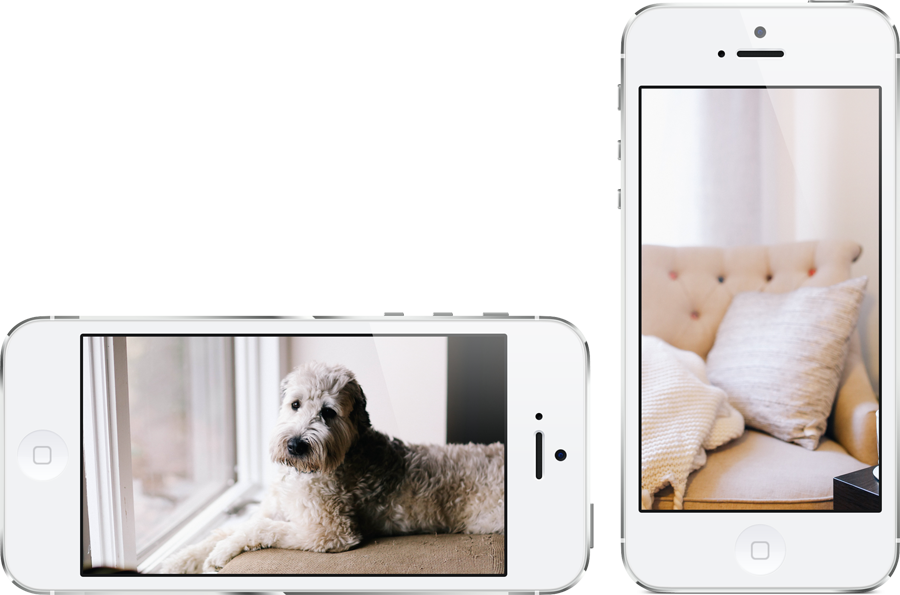Heather says: I received a concerning email, yesterday, that made me realize it was time to send this post out again as a reminder. This is the first in our series on . Over the past few years, I have gotten the impression that many people are using chlorine bleach¹ in an unsafe manner. Chlorine bleach aka sodium hypochlorite is a powerful disinfectant and is one of only a few widely available, inexpensive sanitizing agents. It is so powerful in fact that it should only be used in fairly low concentrations. Chlorine bleach should always be used in a well-ventilated area. If your eyes are watering. You are using too much bleach. If your skin is peeling: A) you should have worn gloves and B) you are using too much bleach. If you use hot, rather than warm water, chlorine gas can be released and this isn’t recommended. , both can cause dangerous chemical reactions. . Don’t waste the power of your bleach on cleaning; reduce your use and save it only for sanitizing. Chlorine bleach worksboth as a cleaning and a disinfecting agent. However many less corrosive and dangerous household items also work as highly effective cleaning agents: hot water, scrub brushes, and dish detergents are but a few examples. Chlorine bleach is a highly effective sanitizing agent, but it needs to be used properly. Repeat after me: Clean, rinse, sanitize. When sanitizing food preparation areas: counters, tables, sinks, knives, and cutting boards. All surfaces should be washed to remove organic materials (food bits) and rinsed. It is only at this point that the items should be sanitized with a bleach solution of approximately 200ppm. This is about 1 TBSP of chlorine bleach per gallon of water. Did you catch that? Let me repeat it. The proper dilution of chlorine bleach for sanitizing food preparation surfaces is 200ppm or 1 TBSP per gallon of warm water. Get yourself a spray bottle and mix up a batch whenever you’re going to need sanitizing agent. Be aware that chlorine evaporates so only mixa small amount at a time. If you’re making 1 quart of sanitizing solution estimate ¾ teaspoon per quart, and that will get you in the neighborhood of 200 ppm. Just rinse after use. Bleach and stainless steel are not good playmates. However dilute bleach solutions are still usable. Rinse the surface after sanitizing to avoid the corrosive effects. Allow the 200ppm bleach solution to sit on the surface for at least a full minute to give the bleach time to work. With a 200ppm dilution rinsing is not necessary and it’s actually best to allow most surfaces to air dry rather than re-contaminating with a towel. Chlorine bleach is an effective sanitizing agent outside of the kitchen. When sanitizing other surfaces, such as in the bathroom, bleach may be used in a 500ppm dilution. A 500ppm dilution is 2½ tablespoons of 5.25% chlorine bleach per 1 gallon of warm water. While bleach is a cleaning agent, milder methods are highly recommended. Save the bleach for the final, sanitizing step, just asyou would in the kitchen. If you weren’t aware, urine evaporates leaving behind ammonium salts. Always clean and rinse any area that may have urine: near toilets, cat boxes, dog kennels, etc before sanitizing.
Pages: 1
